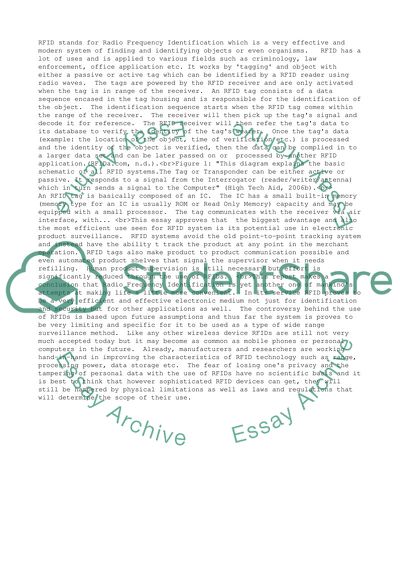Cite this document
(“Management of IT, Radio Frequency Identification Essay”, n.d.)
Management of IT, Radio Frequency Identification Essay. Retrieved from https://studentshare.org/management/1527627-management-of-it-radio-frequency-identification
Management of IT, Radio Frequency Identification Essay. Retrieved from https://studentshare.org/management/1527627-management-of-it-radio-frequency-identification
(Management of IT, Radio Frequency Identification Essay)
Management of IT, Radio Frequency Identification Essay. https://studentshare.org/management/1527627-management-of-it-radio-frequency-identification.
Management of IT, Radio Frequency Identification Essay. https://studentshare.org/management/1527627-management-of-it-radio-frequency-identification.
“Management of IT, Radio Frequency Identification Essay”, n.d. https://studentshare.org/management/1527627-management-of-it-radio-frequency-identification.


